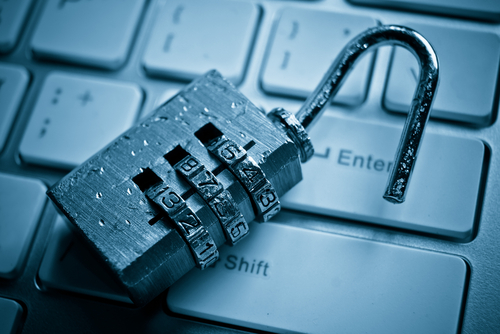
Cybercriminals see micro, small and medium-size businesses as easy prey and therefore target them all the more frequently. That is why these businesses must invest in cybersecurity. While antivirus software is a step in the right direction, it cannot be their only protective measure.
Robert O-Callahan is a former engineer at Mozilla, the foundation that brought us Firefox. On 26 January, he dropped a bomb on the computing world. In a blog post, he did not mince his words: “... don't buy antivirus software, and uninstall it if you already have it (except, on Windows for Microsoft)”. According to him, antivirus programmes are not only devoid of real security benefits, but actually “hurt security significantly, by preventing users from accessing important security fixes, or worse still, by opening up attack vectors”.
Don't buy antivirus software, and uninstall it if you already have it
Robert O-Callahan, former engineer at Mozilla
This information is unlikely to reassure users, and micro, small and medium-sized businesses are no exception—they are particularly vulnerable to cyber-risks and, as a result, are rarely suitably equipped. Last December, the French Interministerial Delegation on Economic Intelligence (Délégation Interministérielle à l’Intelligence Économique) published a report on the subject entitled Référentiel de formation à la cyber-sécurité à la disposition des PME et TPE. The report notes, “With the exception of certain very specific sectors, micro, small and medium-sized businesses have an inadequate level of awareness and are not doing enough to address cyber-risk”.
Hacks and cyber-attacks on antivirus software surge
In recent years, cyber-attacks have progressed in frequency and sophistication. At the same time, Internet scams offering “free and extremely effective” antivirus software are only adding to the confusion. The recent example of the Total AV antivirus software that appeared at the top of Google search results for “best antivirus programmes” is, at the very least, a case of marketing manipulation. This scam advertises the software at bargain basement prices but jacks the price up at check-out, and the programme is not necessarily more effective than the competition.
Traditional antivirus software is based on pre-identified virus signatures and HIPS (Host Intrusion Prevention Systems), which will analyse the behaviour of a given virus to protect against as yet unfamiliar viruses. However, protecting a business requires implementing additional technologies to create a strong defence system.
Choose the right tools to tackle business-specific IT risks
Cloud-based network-protection solutions and multi-layer collaborative-security-based systems, for example, help to significantly reinforce security. In conjunction with these solutions, the use of a new-generation firewall, too seldom used, can prove particularly useful in protecting against remote attacks and can block computer viruses and malware before they infiltrate the company's network.
Paul Fariello, Security Intelligence Technical Leader at Stormshield, also advises the use of sandboxing, “a new technique that enables the firewall to reroute attachments to a virtual space (sandbox) that is separate from the company's system, in order to scan for viruses before the user can open the attachment”.
Use good practice when it comes to cybersecurity
Whether or not you're a fan of antivirus software, there are crucial precautions you can take to ensure your cybersecurity:
- educate employees and management about cyber-risks,
- use complex passwords and change them regularly,
- always install available updates to your operating system,
- be vigilant when surfing the web and especially when downloading content,
- do not open suspicious emails or emails from unknown senders,
- be extremely careful when using public Wi-Fi networks and, whenever possible, connect via VPN (Virtual Private Network),
- back up your files to an encrypted external drive, a dedicated back-up system or a secure cloud,
- use encryption tools (also available for smartphones) to protect data stored on hard drives,
- follow the guide published by ANSSI and CGPME entitled Guide des bonnes pratiques de l’informatique.
